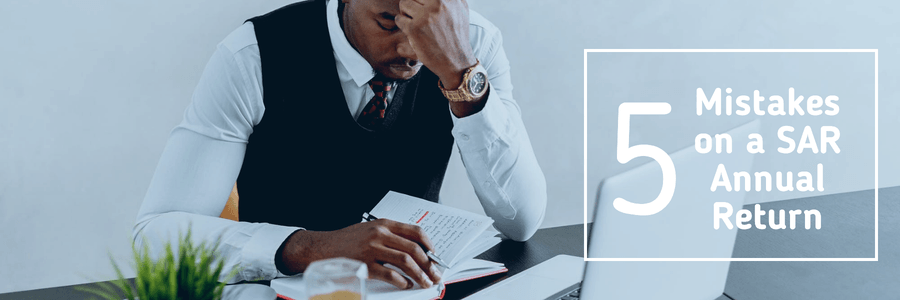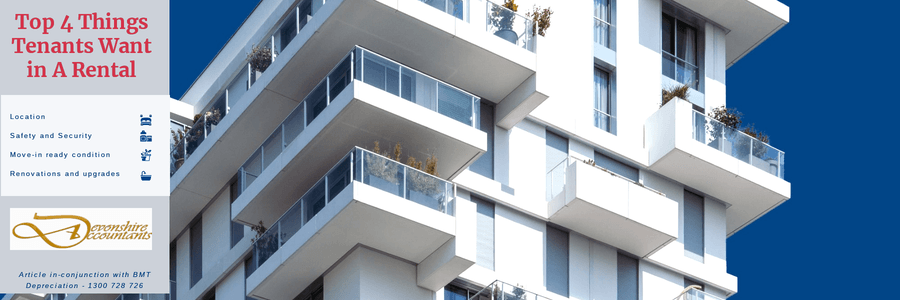5 Top Mistakes on SAR Returns

Everyone makes mistakes. When it comes to preparing and lodging your self-managed super fund (SMSF) annual return (SAR), you want to get it right. Below are the top five mistakes we've identified and some tips on how to avoid them.
Not including a bank account in your funds name
You need a bank account in your fund's name to manage the SMSF operations and to accept contributions, rollovers of super and income from investments. You need to report this account when lodging your SAR.
The account must be separate from your trustees' individual bank accounts and any related employers' or advisers' bank accounts. This will protect your fund's assets and ensure super payments can be made to your SMSF.
Providing an incorrect electronic service address (ESA)
An ESA allows your SMSF to receive electronic remittance advice and contributions if you have members receiving super from non-related employers. An ESA consists of alphanumeric characters with a combination of upper and lower case characters and is case sensitive. It's not an email address or the contact details of the SMSF messaging provider.
Not valuing SMSF assets at market value
SMSF assets need to be reported at market value as at 30 June to prepare your fund's accounts, statements and SAR. If you follow our valuation guidelines, we'll generally accept the valuation you provide. Accurate asset valuation is important to ensure your SMSF retains its complying fund status. Penalties may apply for inaccurate valuations as these can have an impact on your members' balances.
Trying to lodge with zero assets
An SMSF is not legally established until the fund has assets set aside for the benefit of its members. We won't accept a SAR from an SMSF that has no assets unless the fund is being wound up. If this is your SMSF's first year and you have no assets set aside for the benefit of your members, you can ask us to either cancel your fund's registration or flag the SMSF's record as return not necessary (RNN)
Incorrect or no auditor details in SAR
Your SMSF must have its financial statements and records audited each year by an approved SMSF auditor prior to lodging the SAR. The approved SMSF auditor must be appointed no less than 45 days before your SAR is due.
Make sure you:
- receive a copy of the audit report before you lodge your SAR.
- report the correct auditor details on the SAR including the SMSF auditor number, name of auditor and the date the audit was completed.
- If you lodge your SAR without approved SMSF auditor details, it will be suspended and not recognised as a lodgment. This will impact the complying status of the fund until the SAR is lodged with the required information.
If the auditor details are incorrect, you may also be penalised for making a false and misleading statement.
Source - Australian Taxation Office
Contact us today on 07 3800 0807 to assist you with SMSF Tax Returns


...or make an appointment
If you would like to meet with one of our team to discuss your financial needs, please feel free to book an appointment with us.

